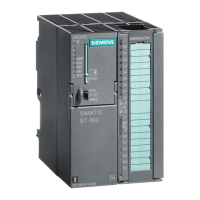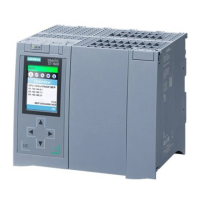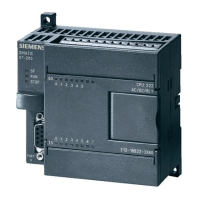Configuring the Ethernet CP with STEP 7
3.3 Setting further CP properties
Configuring and commissioning S7 CPs for Industrial Ethernet
54 Configuration Manual, 09/2013, C79000-G8976-C182-13
IP access protection enabled in the configuration - no further entry in the IP-ACL
In this case the behavior depends on whether IP addresses were transferred to the IP
access control list via HTTP.
● Case a) There are entries
Access protection is effective for the specified IP addresses. Access with other IP
addresses is denied.
● Case b) There are no entries
The configured IP access protection is not effective and in practical terms disabled.
Registering blocked access attempts
Blocked access attempts are registered on the CP. You can view these entries using STEP
7 special diagnostics in the "IP access protection" diagnostics object. On CPs with Web
diagnostics, the information is also available there.
● Viewing the LOG file with a Web browser
With Advanced CPs up to the CP 343-1 Advanced (GX21) and CP 443-1 Advanced
(EX41), the behavior is as follows: Blocked access attempts are stored in an archive file
(LOG file) in the CP's own file system. This LOG file can be viewed using a Web browser.
You will find the LOG file as an HTML file in the file system of the CP in the following
directory:
- ram/security/IPLogFile.htm
The LOG file is available only after activating IP access protection the first time.
Further properties:
The LOG file is created as a ring buffer. When more than 512 entries have been
recorded, the oldest entries are then overwritten.
The entries are strictly chronological. There is no further criterion for sorting.
With Advanced CPs as of CP 343–1 Advanced (GX30) and CP 443–1 Advanced (GX20)
the LOG file is not created. On these CPs, you can view the blocked access attempts
directly with Web diagnostics.
Note
Locking IP communication
To block IP communication with HTTP (port 80) or FTP (port 20/21) with an advanced
CP, follow the steps below:
he "Activate Web server" or "Activate FTP server" option. As default, both

